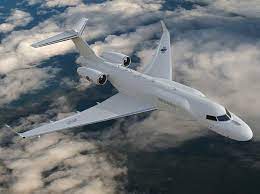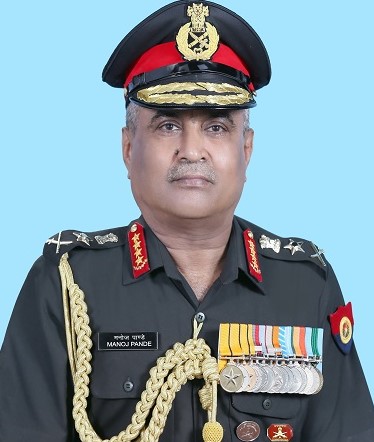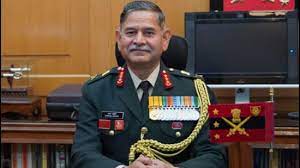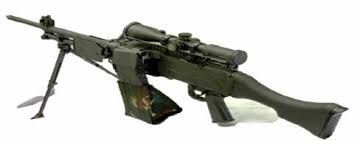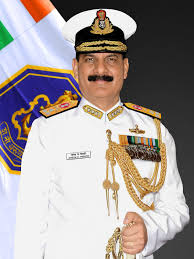L3Harris Technologies, Korean Air and Israel Aerospace Industries’ ELTA Systems Ltd. (IAI/ELTA) have teamed to integrate and deliver the next generation of survivable, high-altitude AEW&C aircraft (aircraft airborne early warning and control) to the Republic of Korea (ROK) Air Force.
The Korea AEW&C team members have already delivered a variety of special mission aircraft to its customers over the past 20 years.
These include, among others, multiple Italian Air Force CAEW aircraft supporting NATO missions, including ongoing operations in eastern Europe, and two Israeli Air Force CAEW aircraft flying missions in support of ongoing local operations.
All aircraft have maintained mission availability rates above 90 percent.
L3Harris has also delivered P-3CK revitalization and P-3C upgrades, RC-800 Baekdu programs and special surveillance aircraft to the ROK.
The proposed ROK Air Force AEW&C solution is built around a proven mission system design already operating in multiple theaters, resulting in a powerful capability with low development and sustainment costs.
The mission system is integrated using a modular open systems approach (MOSA) digital backbone.
Incorporating MOSA enables affordable and rapid upgrades to address pacing threats, latest operational approaches and interoperability requirements while using a business jet platform offers lower cost per operating hour than commercial derivative solutions and high readiness rates along with a higher altitude and longer-range surveillance capability.
The AEW&C solution is based on a battle-tested L3Harris platform design using Bombardier’s premier Global 6500™ high-altitude business jet, and includes the integration of IAI/ELTA’s advanced radar technology and artificial intelligence algorithms, providing the world’s most advanced airborne battle management platform.
The Global 6500 is a modern aircraft that will fly higher, faster, longer and at a lower cost to acquire, operate and maintain than existing AEW&C platforms.
This mature and proven configuration ensures that the ROK program will be low-risk, low-cost and delivered on-time, all while ensuring maximum support to the Korea Air and Missile Defense initiative.
The team has outlined this program from the beginning with the objective to transition to a largely Korean industry-led program after delivery of the prototype aircraft.
The first two aircraft will receive structural modifications in Texas before transferring to an ELTA facility in Israel for integration and radar testing.
Korean Air has participated from the start and will provide engineering and will lead in-country modification and testing activities of aircraft three and four. Korean Air will also lead in-country sustainment of the program.
Through L3Harris’ agreements with Korean Air, LIG Nex1 and Ace Antenna, and on-going discussions with additional Korean partners, the team intends that the aircraft and mission system equipment will be fully supported in Korea.
Sustainment, obsolescence management and integration of future capability upgrades will be Korean industry-led with support from the L3Harris team.
This strategic support extended to Korean Air paves the way for independent domestic research and development and fostering excellence in aircraft system integration, upgrades, and modifications, which will contribute significantly to the advancement of the ROK’s research and development program.

